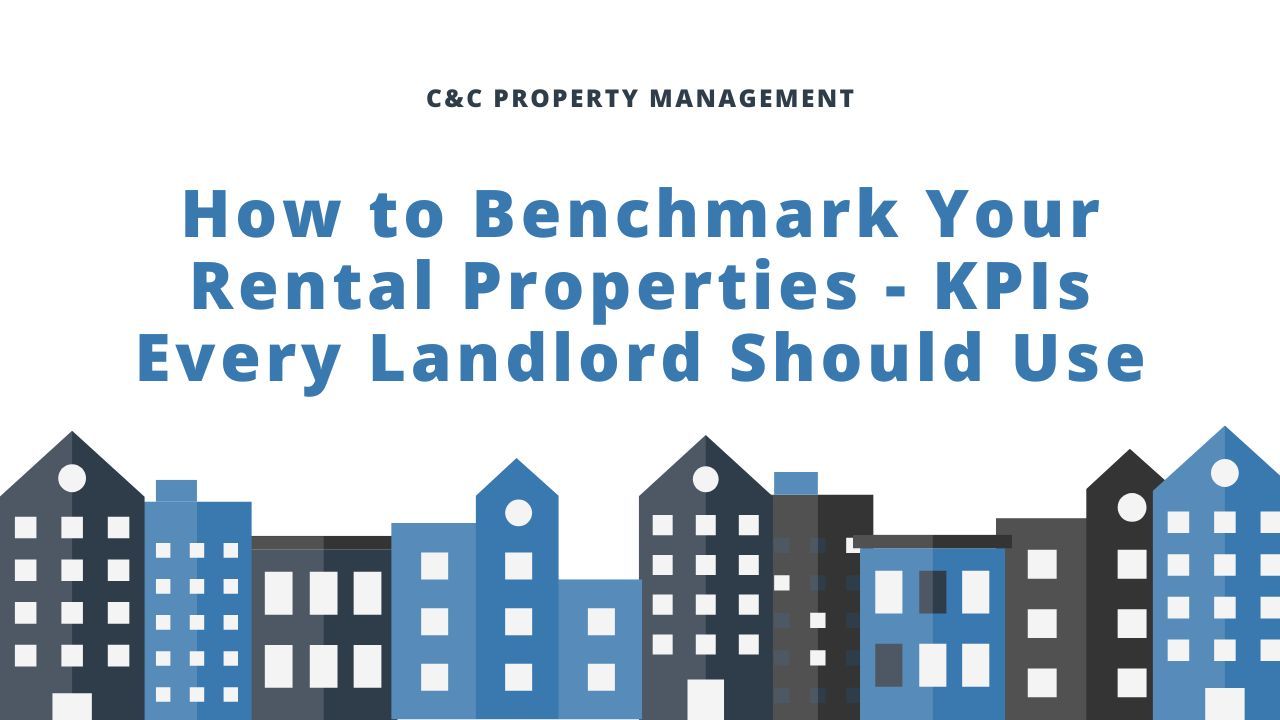A Guide to the Eviction Process in California
The eviction process as well as all landlord-tenant laws in California is crucial for your success as a landlord. You must follow the correct eviction procedure when seeking to remove a tenant from your rental unit.
Understanding the intricacies of the eviction process will ultimately help you to mitigate any potential disputes over lease agreements.
In this blog post, we will explore the key aspects of the eviction process, including the valid reasons to evict tenants, the notice requirements, the legal procedures involved, and the potential challenges that may arise during the eviction process.
Justified Reasons to Evict a Tenant
First, let’s cover the justified and unjustified reasons to evict a tenant.
In the state of California, landlords possess the legal right to initiate the eviction process under specific circumstances. The reasons for lease termination with corresponding notice periods are as follows:
Nonpayment of Rent
Suppose a tenant fails to pay rent. In that case, a landlord can issue a 3-day Notice for termination, providing the tenant with a brief three-day window to settle the outstanding rent or face eviction. You can use the tenant’s security deposit to cover this unpaid rent.
End of / No Lease
In cases where the lease or rental agreement has reached its natural end or if the tenant is on a month-to-month agreement without a formal agreement, the landlord can serve a 30-Day Notice for a tenant with occupancy of one year or less and a 60-Day Notice for tenants occupying the rental for over one year.

Lease Violation
Should a tenant breach the terms and conditions outlined in the lease or rental agreement, such as failure to pay rent, the landlord can issue a 3-day Notice for lease termination. This provides the tenant with three days to rectify the specified breaches or leave the rental unit.
Illegal Activity
Engaging in illegal activities within the rental unit warrants swift action. In such cases, a landlord can issue a 3-day Notice for tenancy termination, giving the tenant three days to cease illegal activities or face eviction.
Unjustified Reasons to Evict a Tenant
Tenants are safeguarded by laws designed to protect their rights. Two prohibited forms of the eviction process are particularly noteworthy:
Self-Help Evictions
The state strictly prohibits landlords from engaging in a "self-help" eviction process, where a landlord attempts to force a tenant out without following the proper legal procedures.
This includes actions such as changing locks, shutting off utilities, or removing a tenant's belongings without a court order. Engaging in self-help evictions is unlawful and can lead to severe legal consequences or a lawsuit for landlords.
Retaliatory Evictions
Retaliatory evictions occur when a landlord tries to evict a tenant lawfully exercising their rights, such as reporting code violations or affiliating with a tenant association.
California forbids landlords from retaliating against tenants who assert their rights. Should a landlord embark on legal proceedings as an act of retaliation, it is deemed illegal, and the affected tenant may avail themselves of legal remedies to contest the eviction in court.

The California Eviction Process
Let's break down the California eviction process into detailed steps:
Landlord Serves Tenant Written Notice
Start the eviction process by serving the tenant with a written notice. The specific type of written notice issued depends on the grounds for eviction.
- 3-Day Notice to Quit (Nonpayment of Rent)
If the reason for eviction is due to the tenant failing to pay rent, the landlord issues 3-day Notices to Quit. This tenant notice provides a three-day window to either pay the outstanding rent or move out of the premises.
- 30-Day Notice to Vacate (Month-to-Month Leases)
In the case of a month-to-month tenancy, landlords typically serve 30-day Notices to Move. This eviction notice grants the tenant 30 days to move out of the rental, allowing for a reasonable timeframe for relocation.
- 60-Day Notice (Occupancy for Over One Year)
For tenants who have occupied the dwelling for one year or more, a 60-day Notice is required. This notice extends a two-month timeframe for the tenant to prepare to leave.
- 3-Day Notice to Perform Covenants or Vacate (Rental Agreement Violations)
In instances where there are lease violations, landlords issue 3-day Notices to Perform Covenants or Vacate. This gives the tenant three days to rectify the specified breaches or leave the dwelling.
Landlord Takes Legal Action
Suppose the issues highlighted in the proper notice persist beyond the specified timeframe. In that case, the landlord can take the eviction process to the next step by filing a complaint with the appropriate California courts. Filling out the official eviction court forms marks the start of formal eviction proceedings.

Court Officially Notifies Tenant
The process continues, following the filing of the complaint, the court formally notifies the tenant by serving them with a Summons and a copy of the complaint. Under California law, this signals the initiation of legal action against the tenant.
Tenant Responds with an Answer
The tenant, within a designated time frame, has the chance to respond to the Summons and Complaint by filing an answer. This represents the tenant's opportunity to present their perspective, raising any defenses or disputes they may have.
Court Conducts Hearing and Renders Judgment
Subsequently, a hearing is scheduled in California courts, during which both parties present their cases. The court judge reviews the evidence and arguments presented and issues a judgment that ultimately determines whether the unlawful detainer lawsuit is granted or denied.
Issuance of Writ of Possession
Upon approval of the eviction from California courts, the landlord secures a Writ of Possession, a legal document empowering law enforcement to remove the tenant from the property if voluntary departure is not achieved within a specified timeframe.
Law Enforcement Restores Possession to Landlord
With the obtained Writ of Possession from the court, law enforcement, commonly represented by a constable or sheriff, carries out the eviction. The sheriff's role involves physically relocating the tenant from the property and restoring possession to the landlord.
Final Words
From the initial service of eviction notices to court proceedings and, if necessary, the physical enforcement of removal, each step demands careful attention and adherence to the California eviction laws.
For landlords and tenants alike, it is crucial to be well-informed about their rights and responsibilities throughout the eviction process to ensure a
fair and lawful resolution.
For expert assistance and guidance in property management matters, consider reaching out to
C&C Property
Management. Their experienced team is well-versed in California's tenancy laws and can provide the support needed for a smooth and lawful resolution.
Disclaimer: Please note that the information provided in this blog is intended for general guidance and should not be considered as a replacement for professional legal advice. It is important to be aware that laws pertaining to property management may change, rendering this information outdated by the time you read it.








